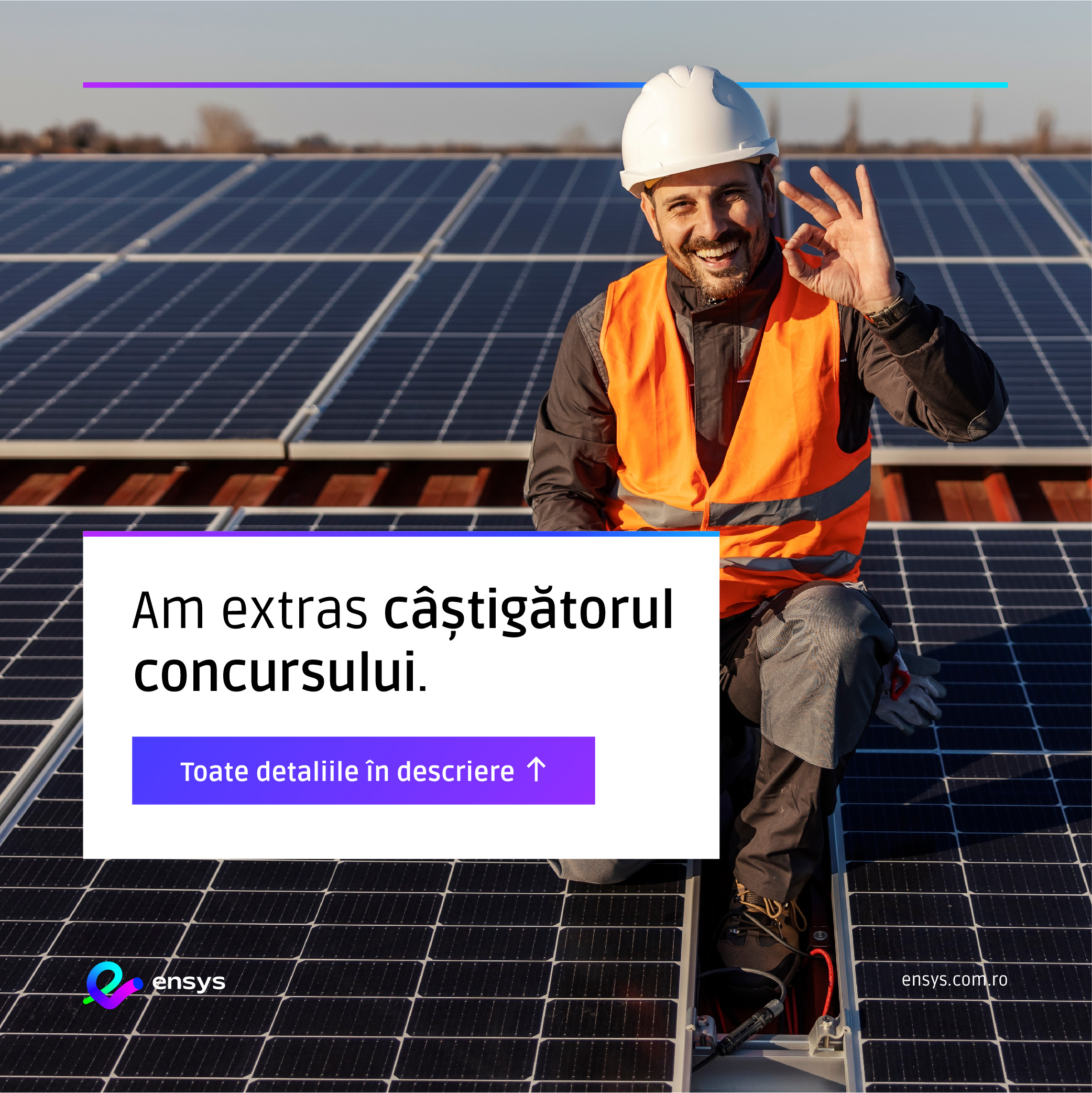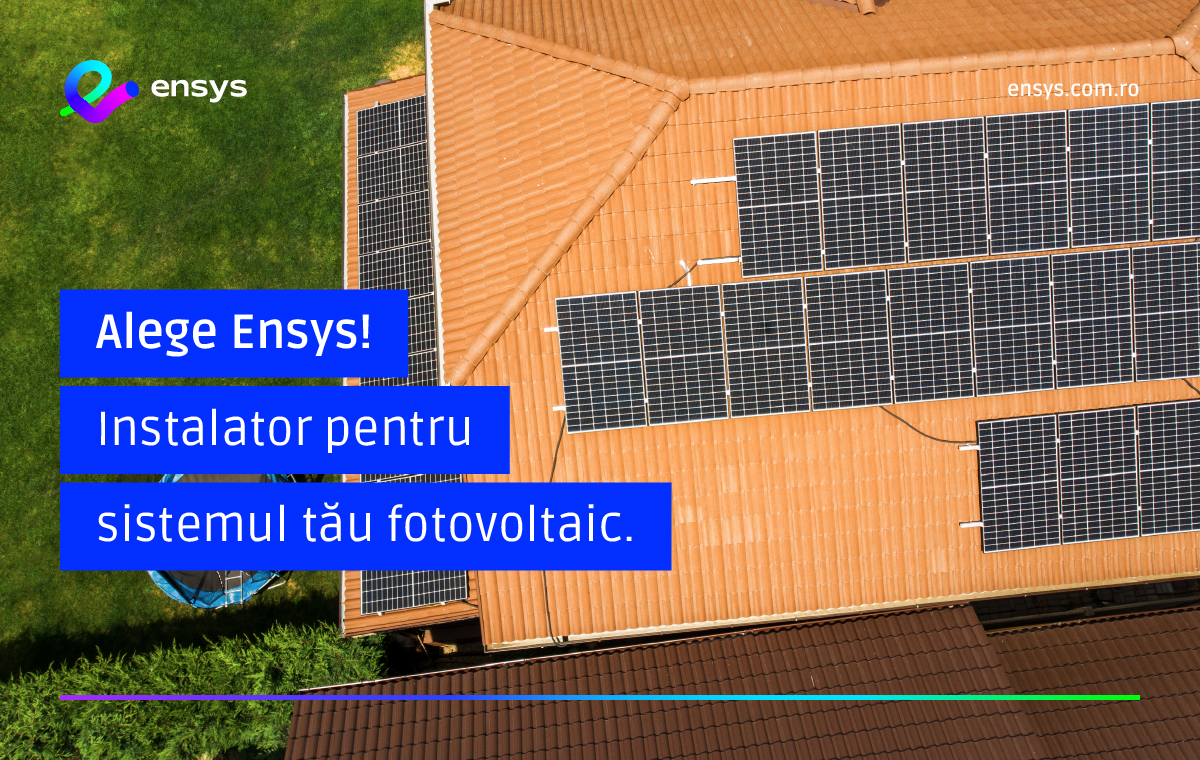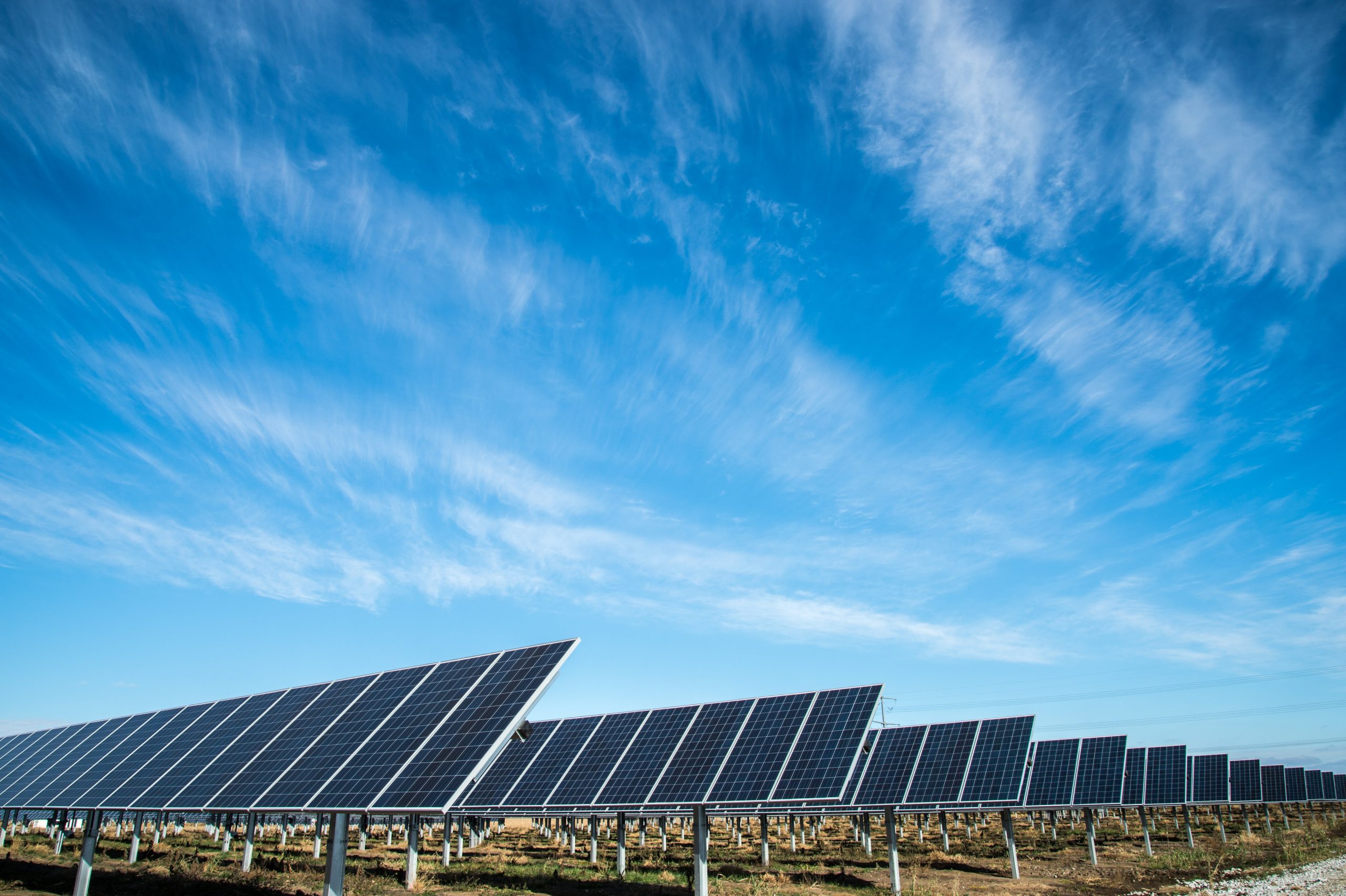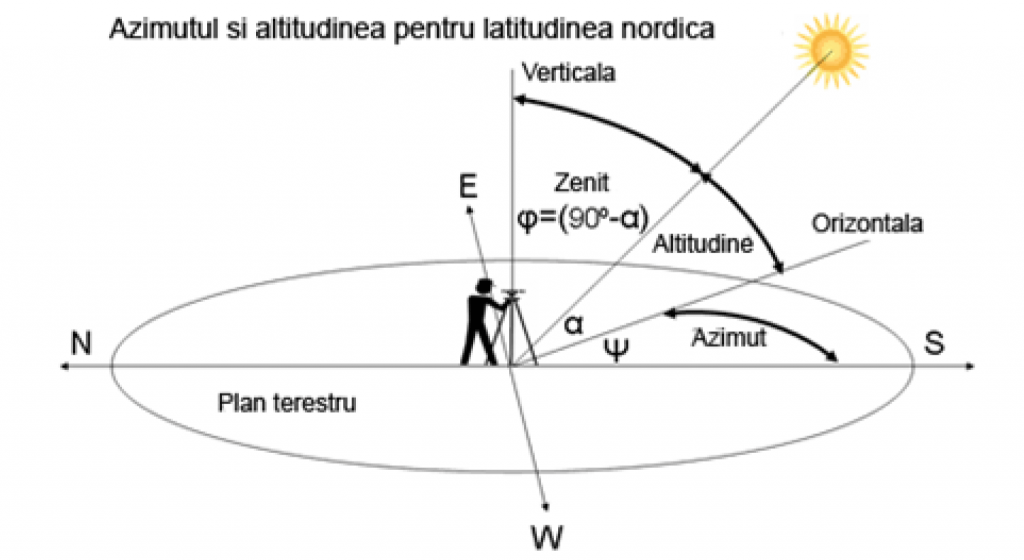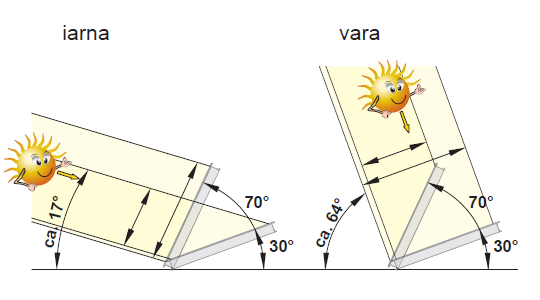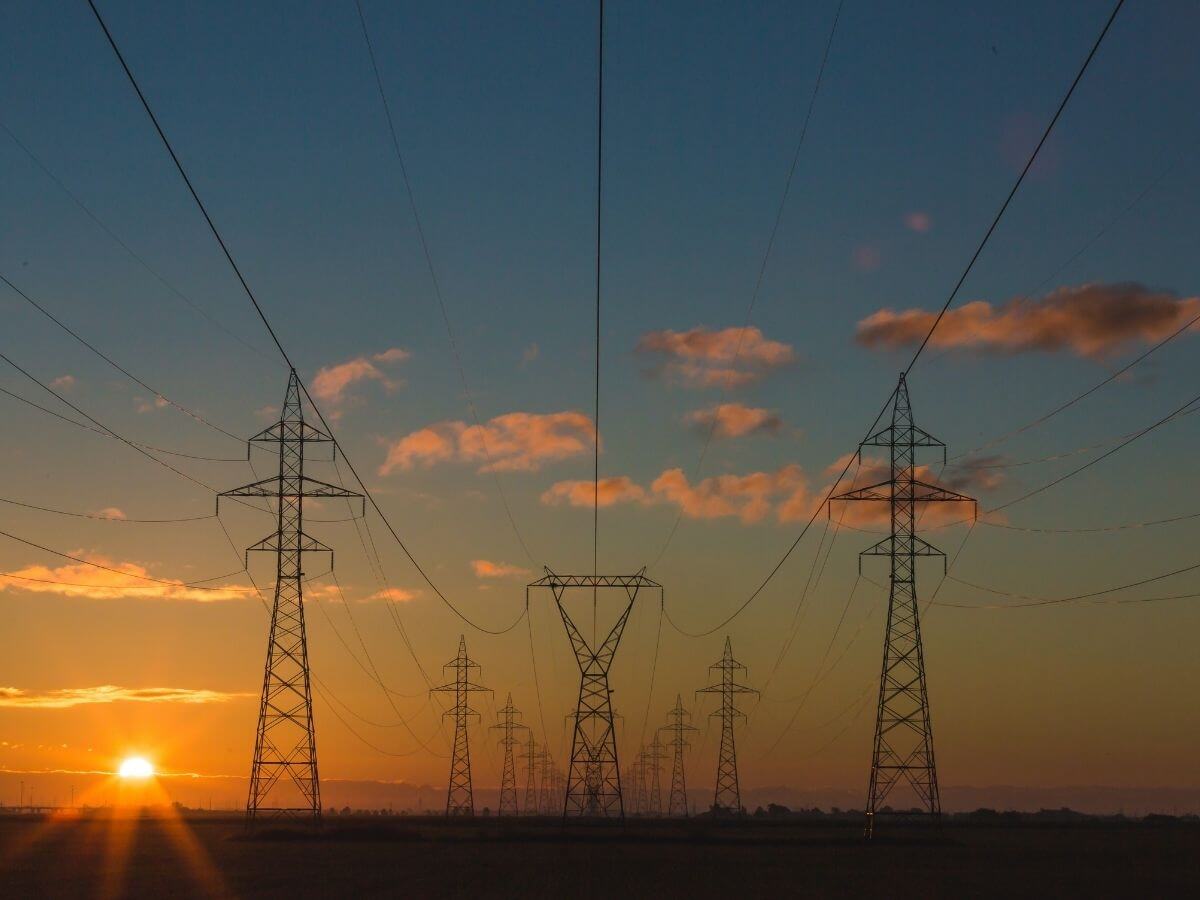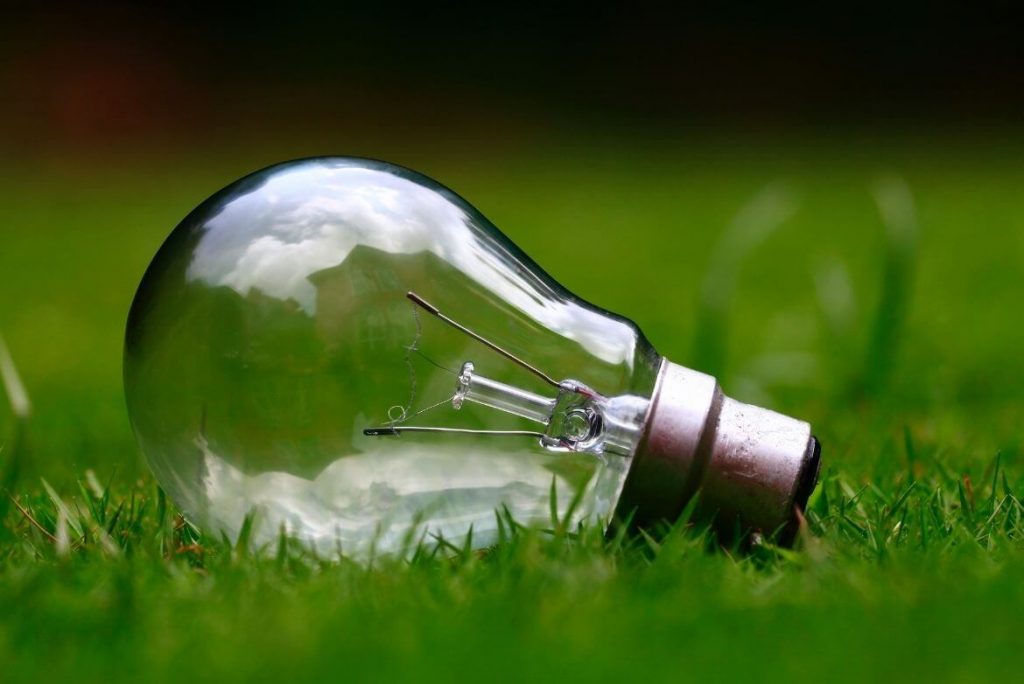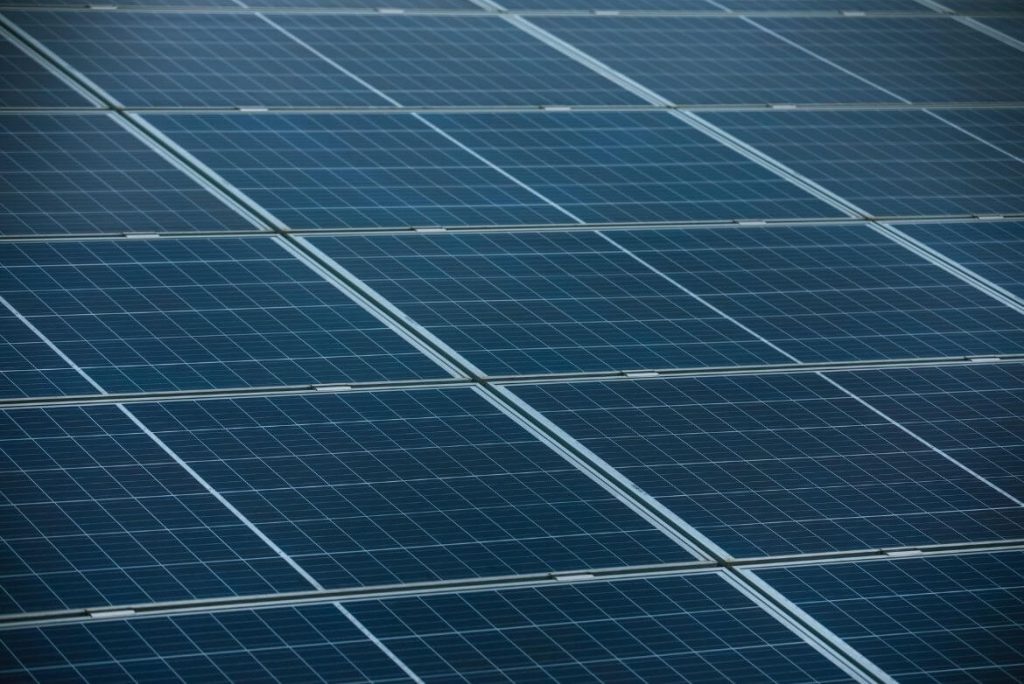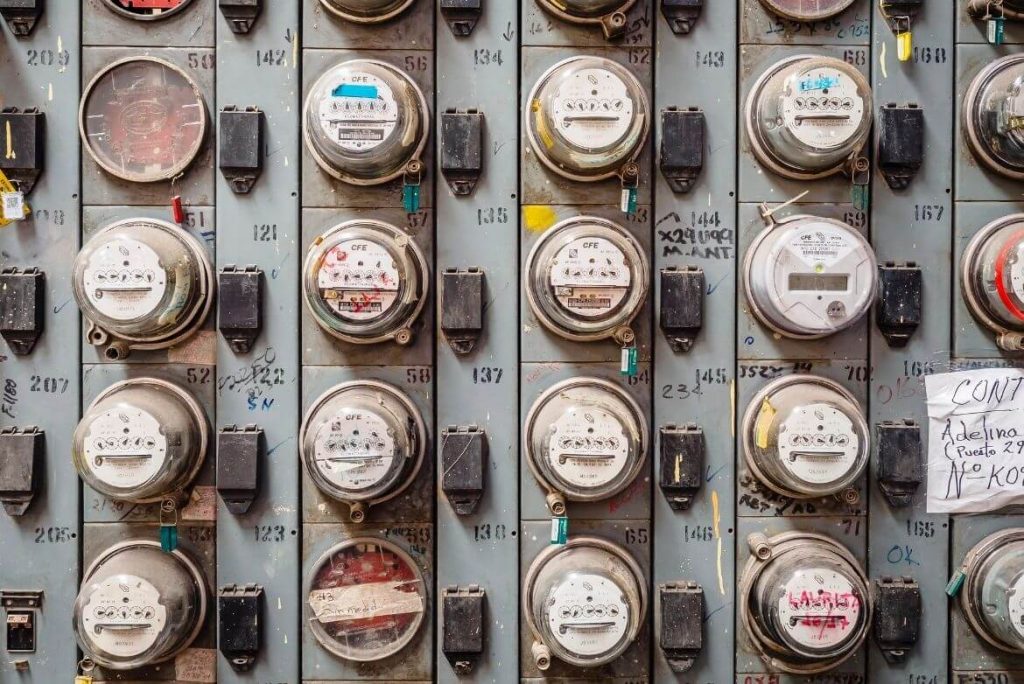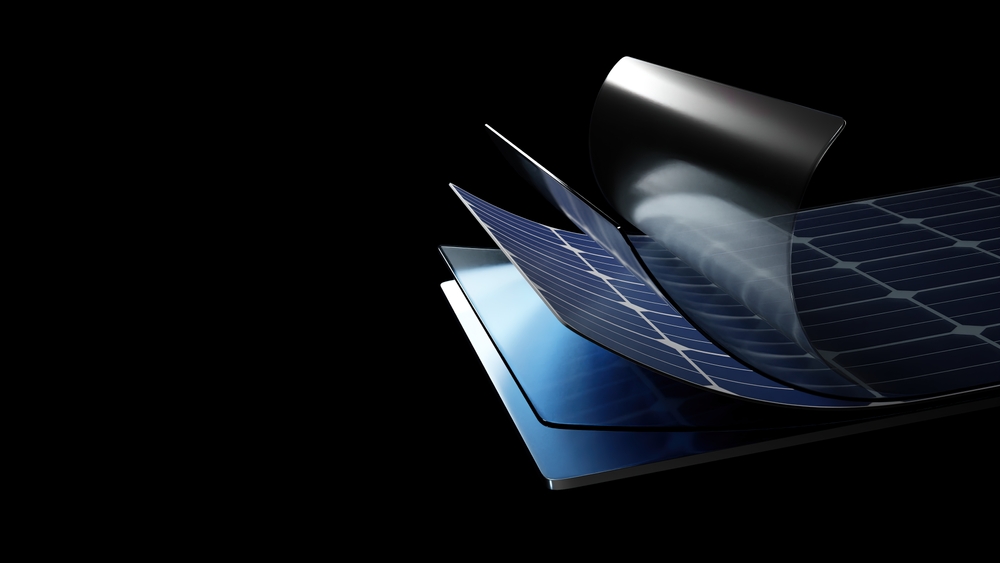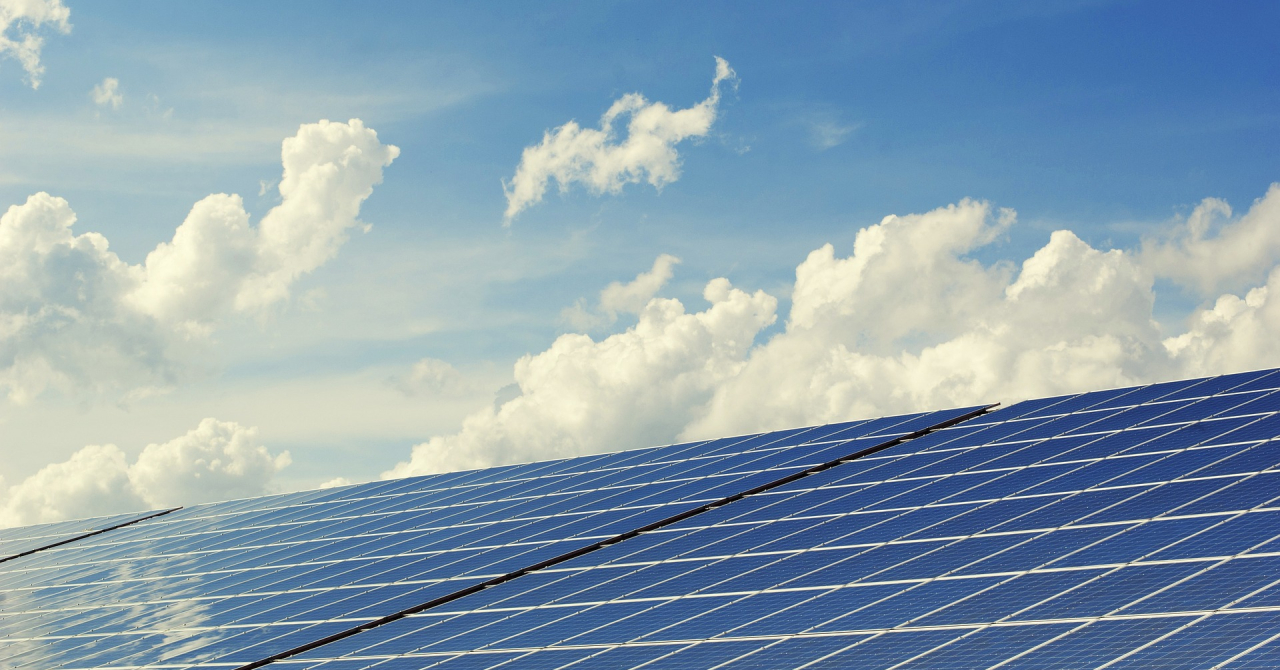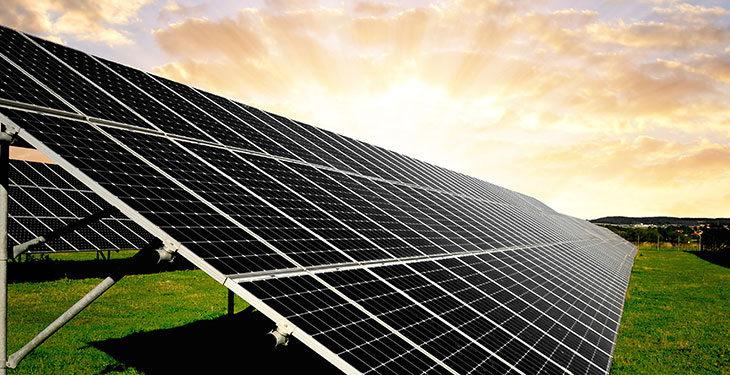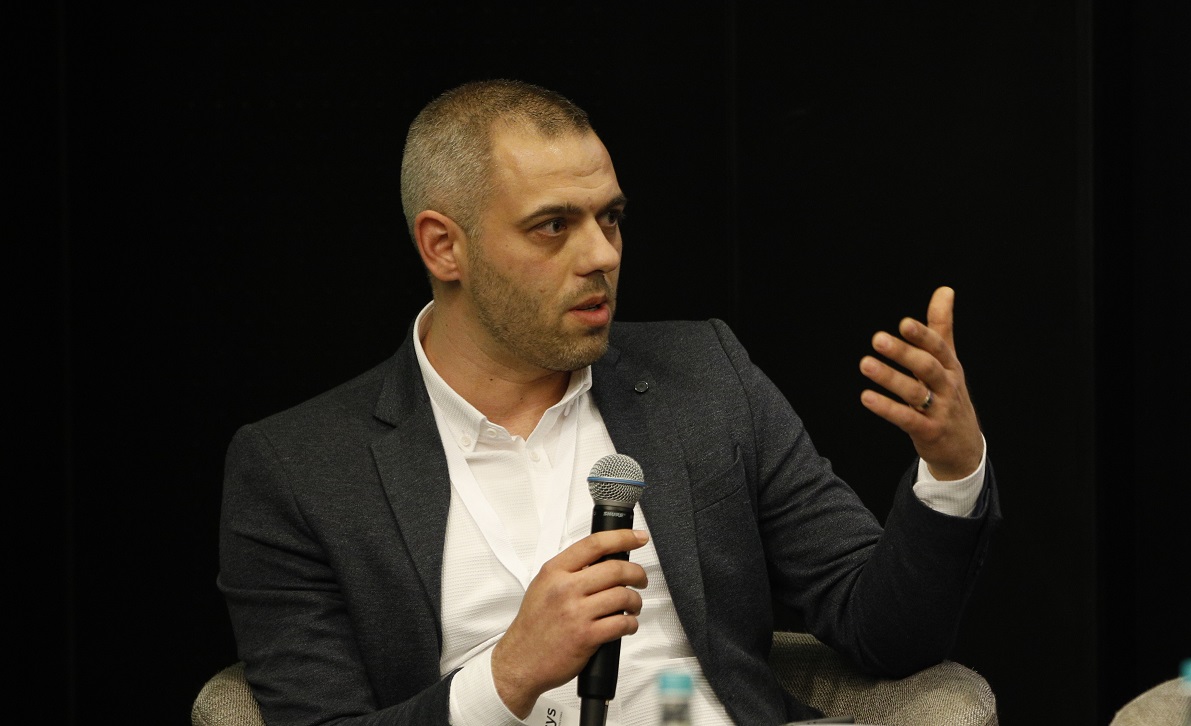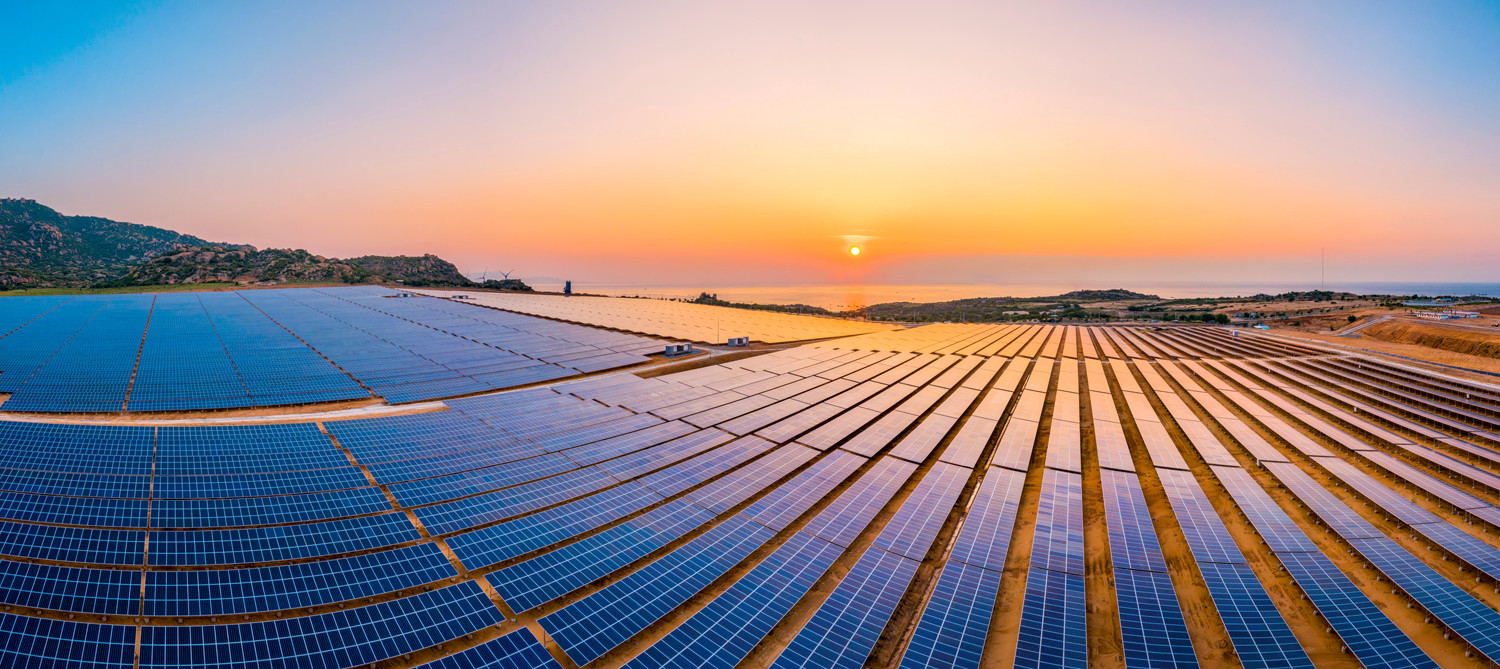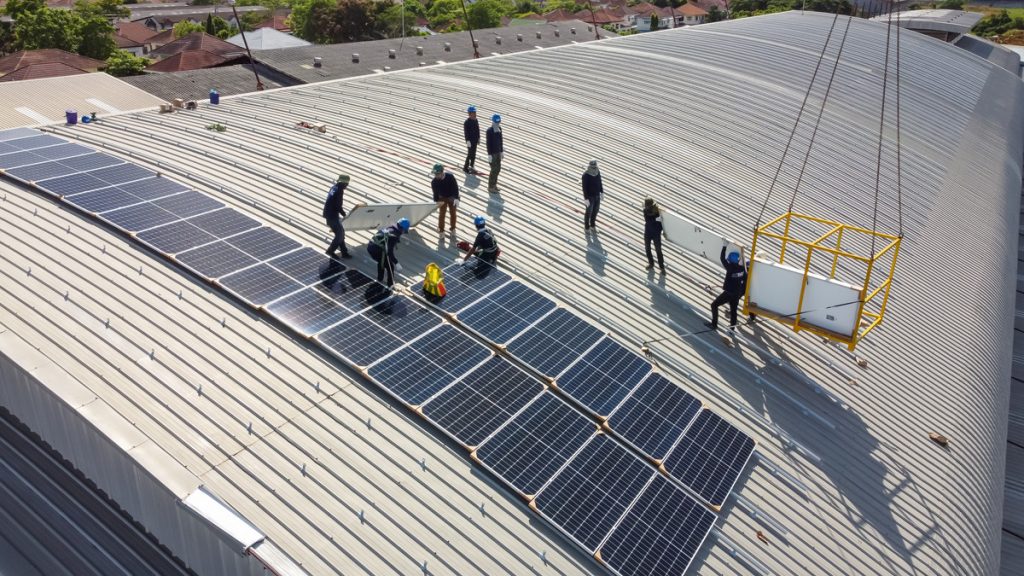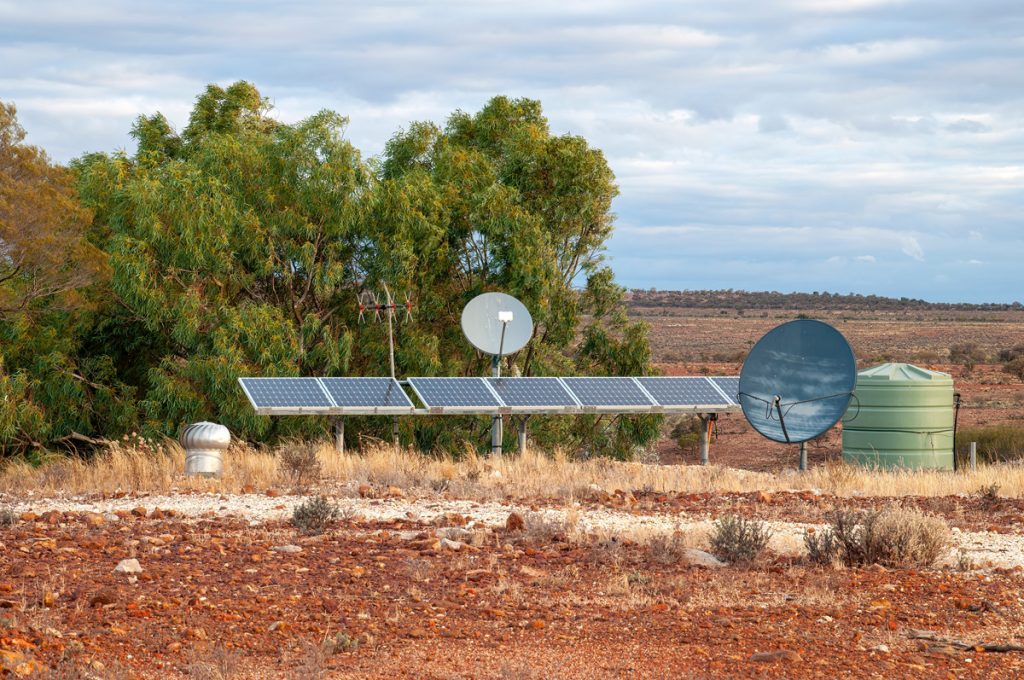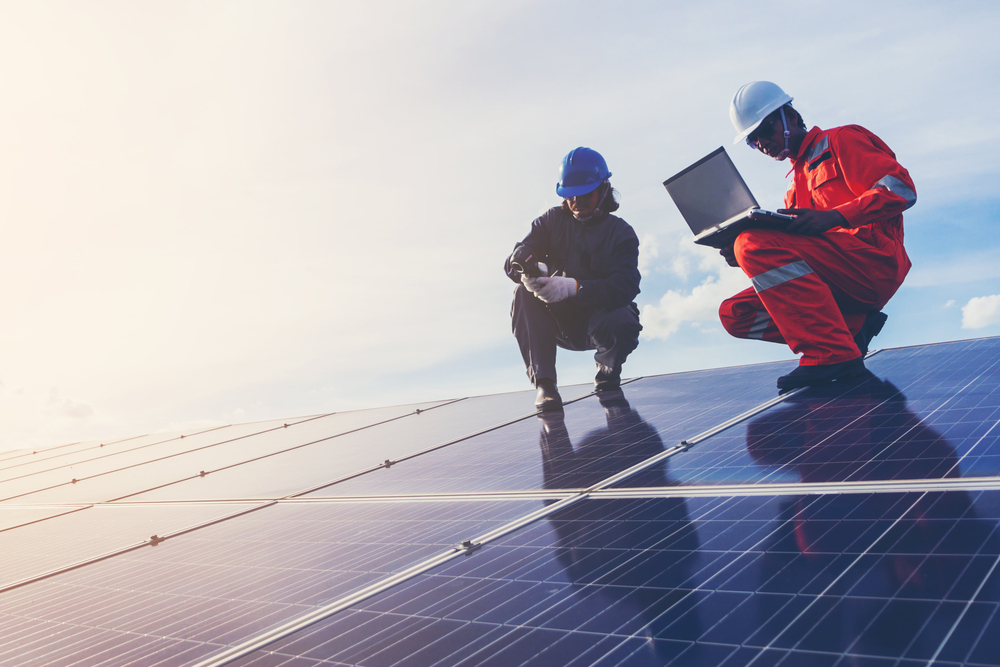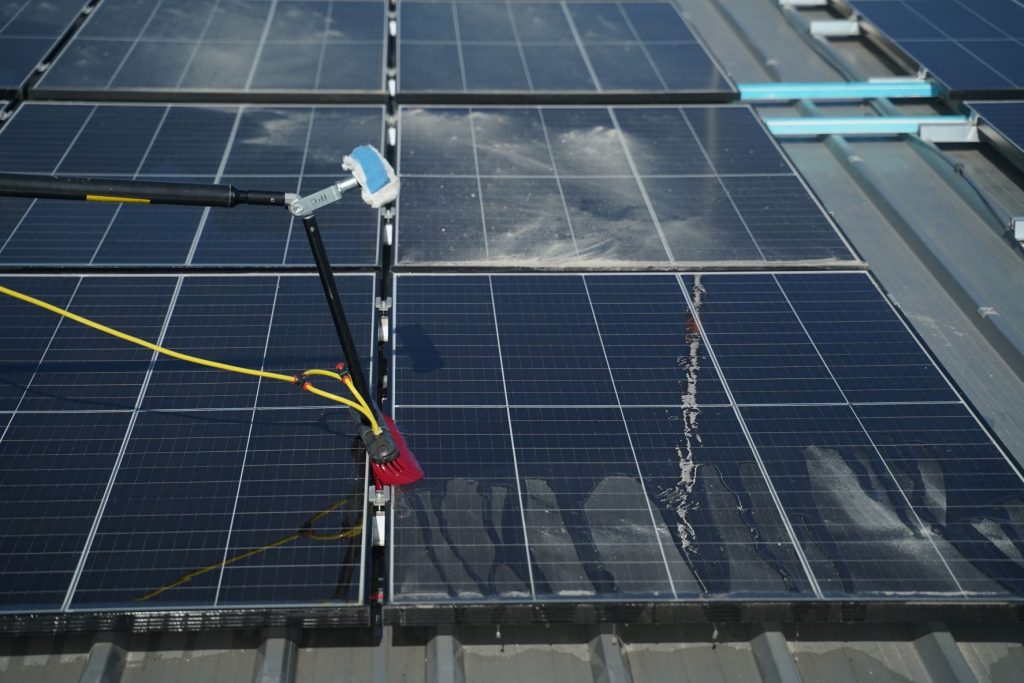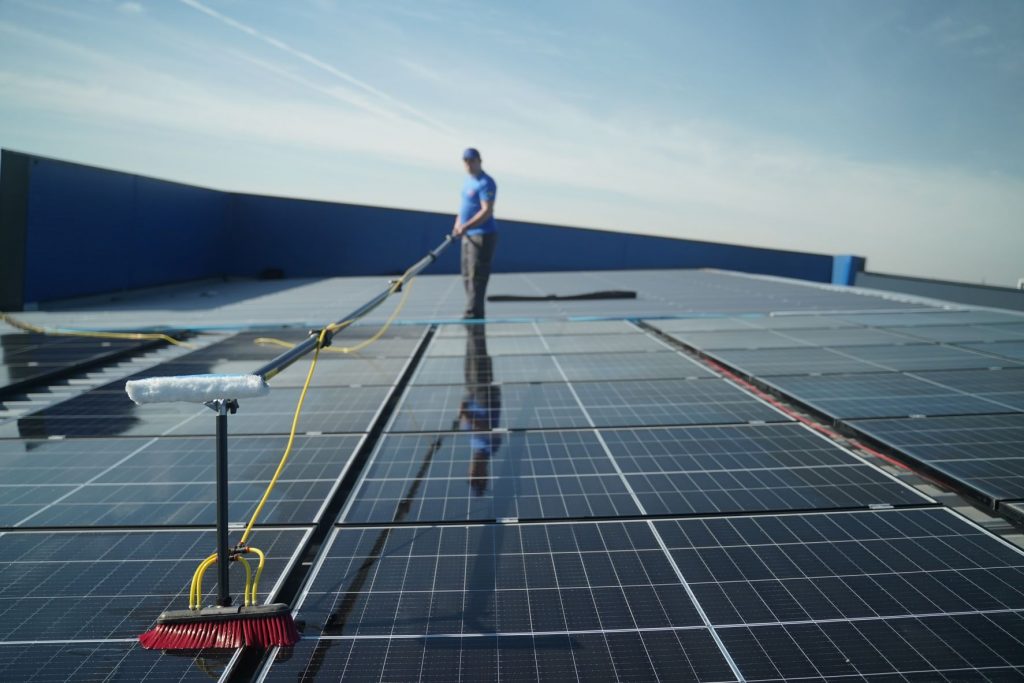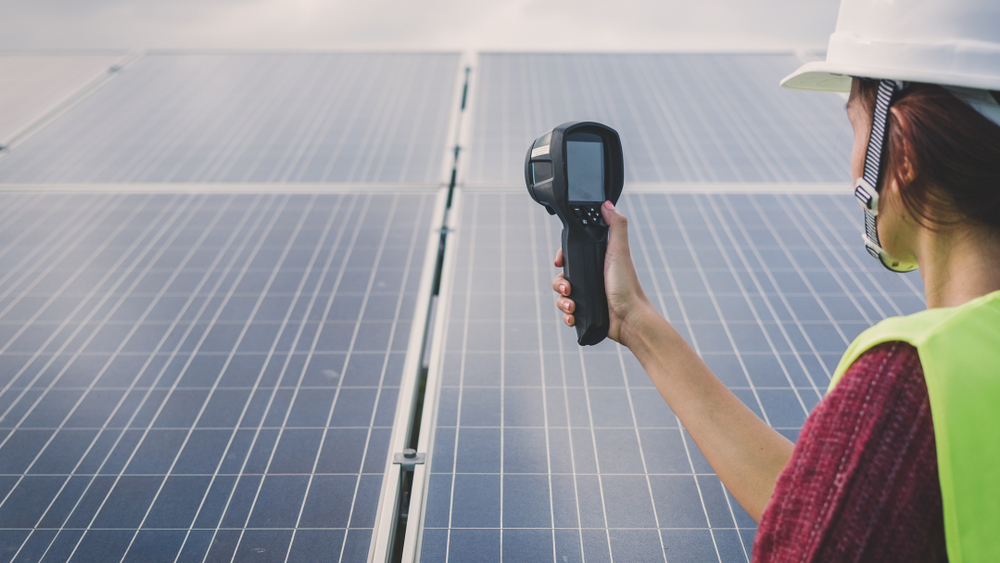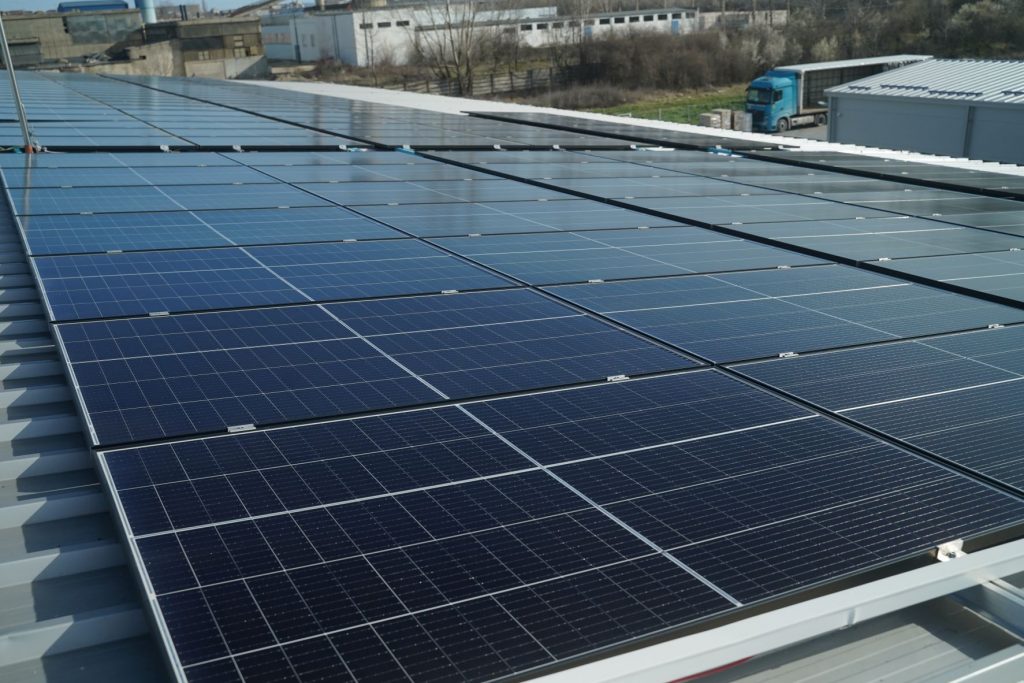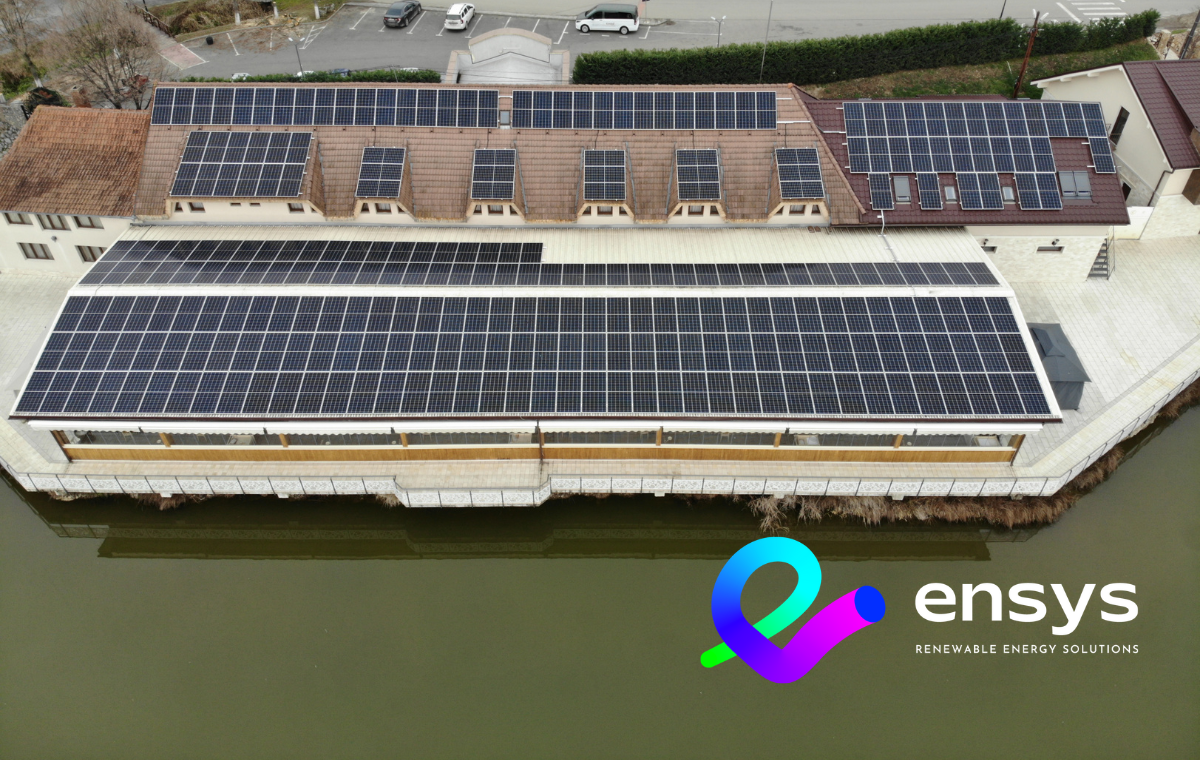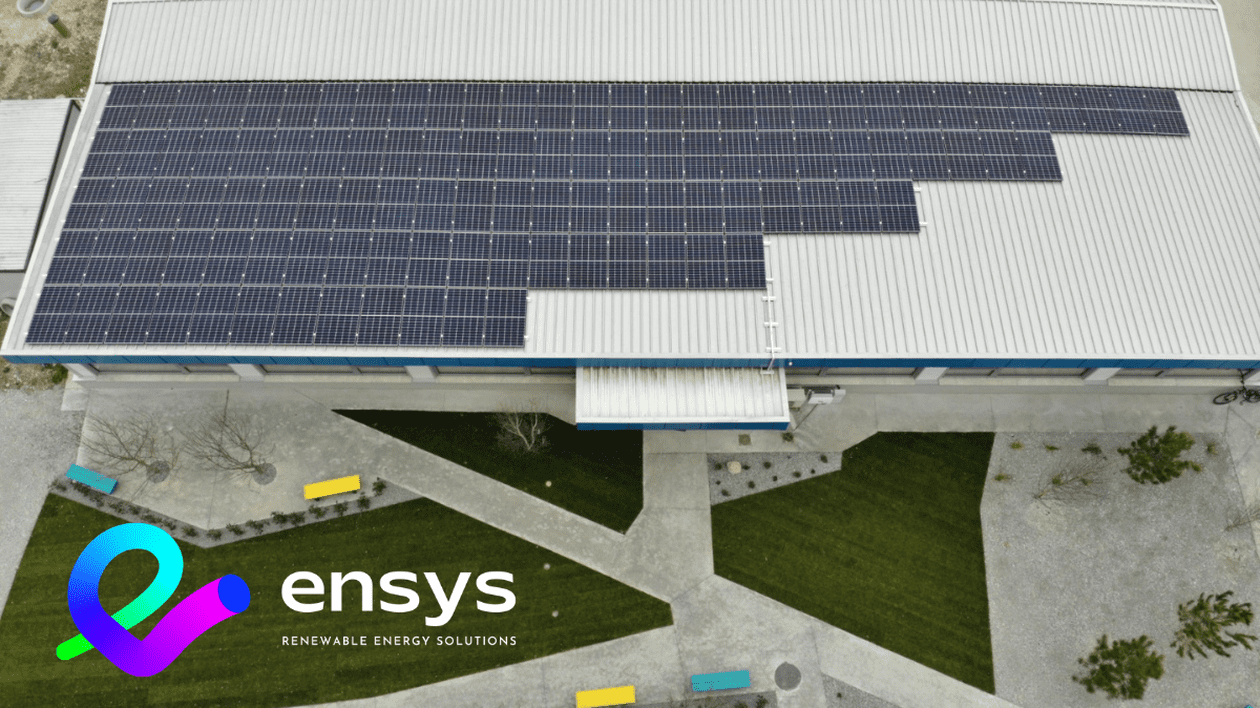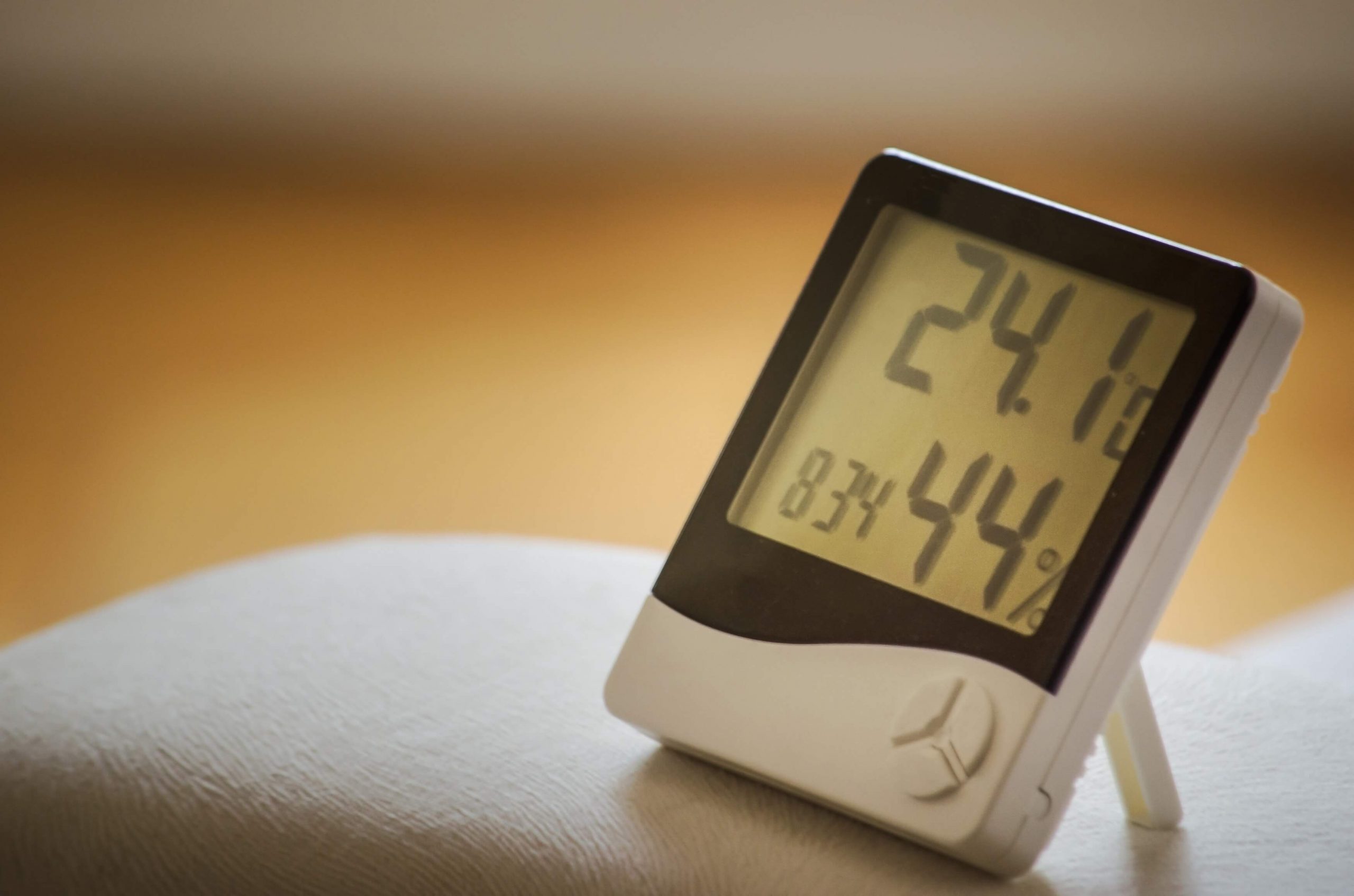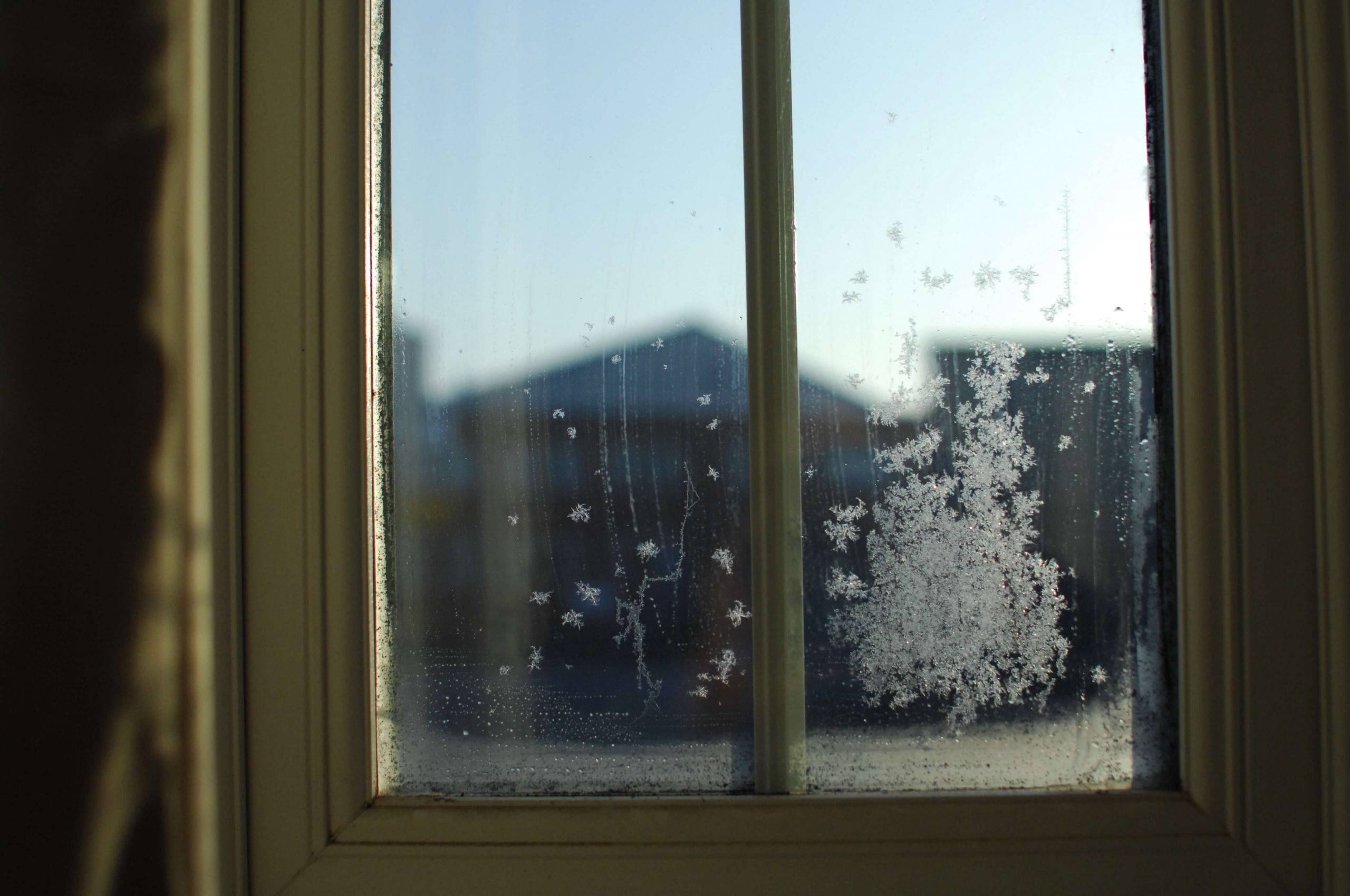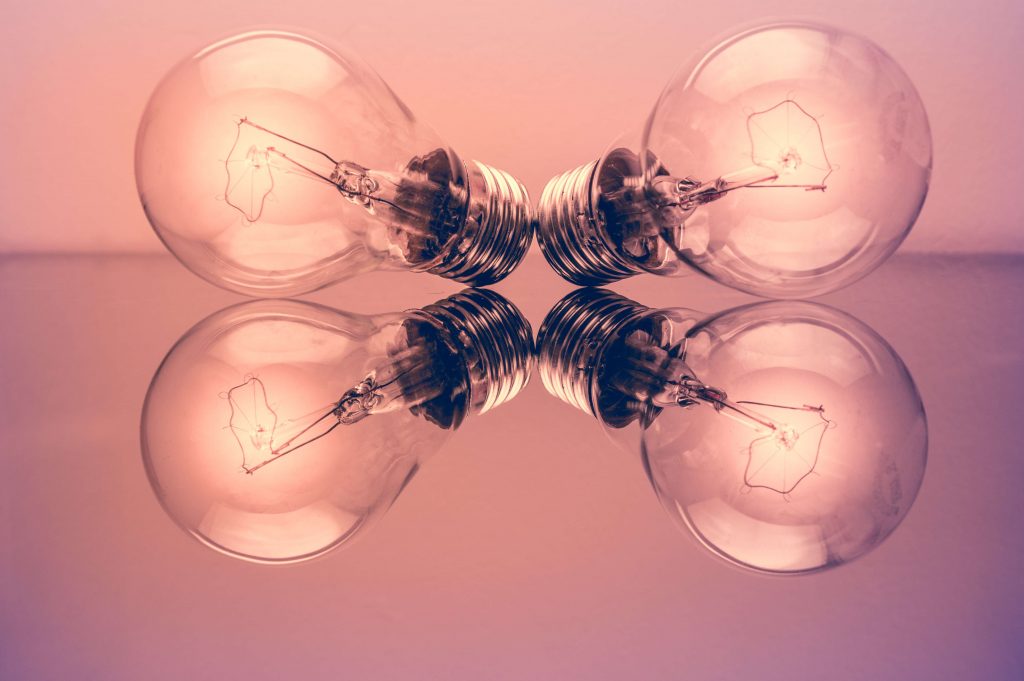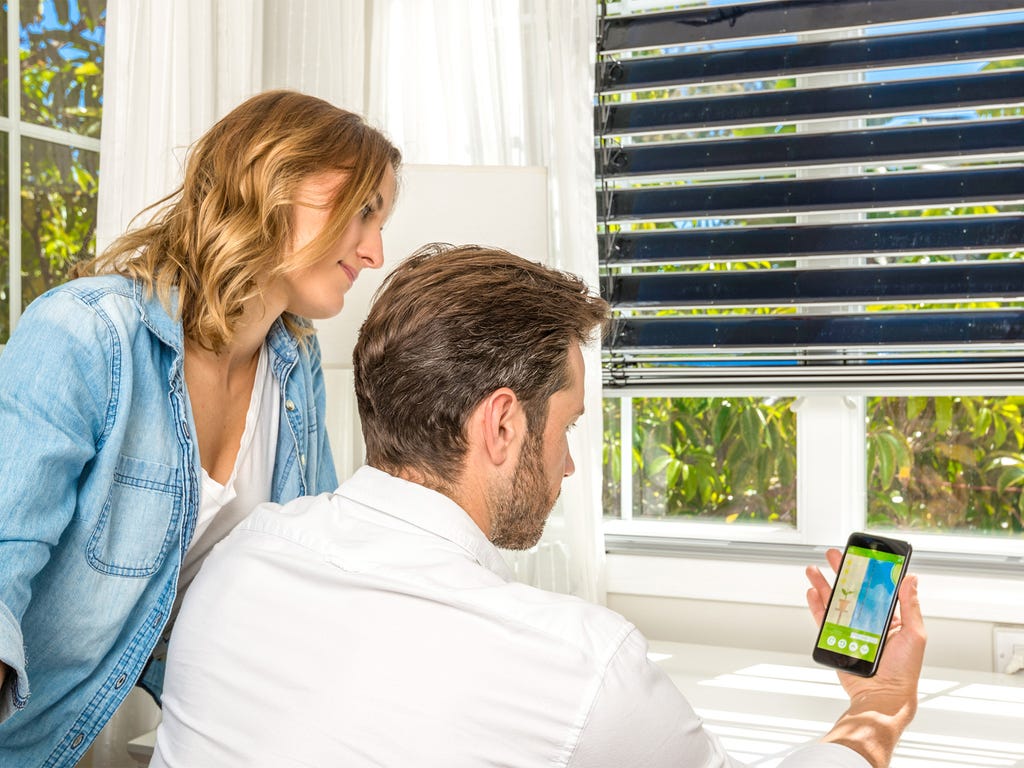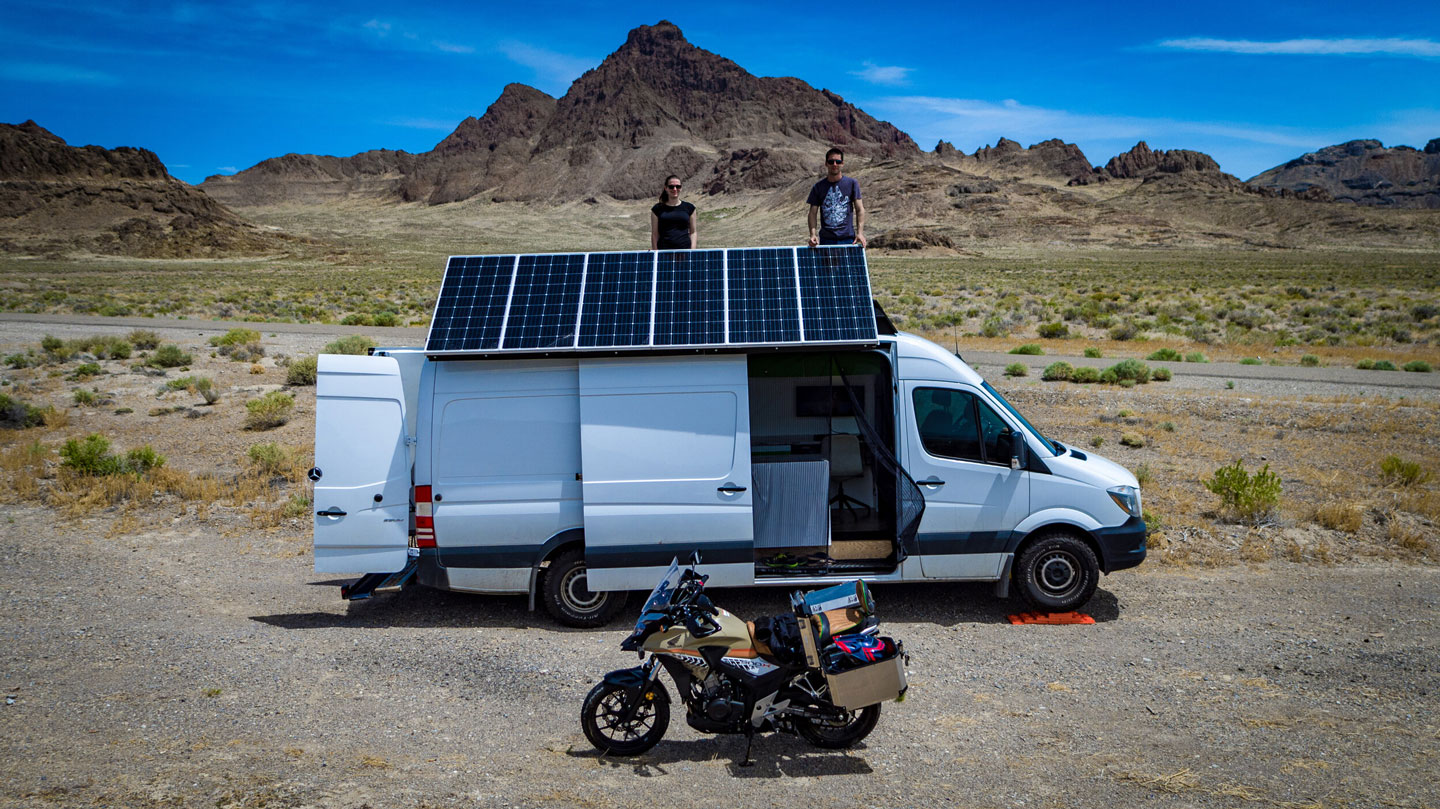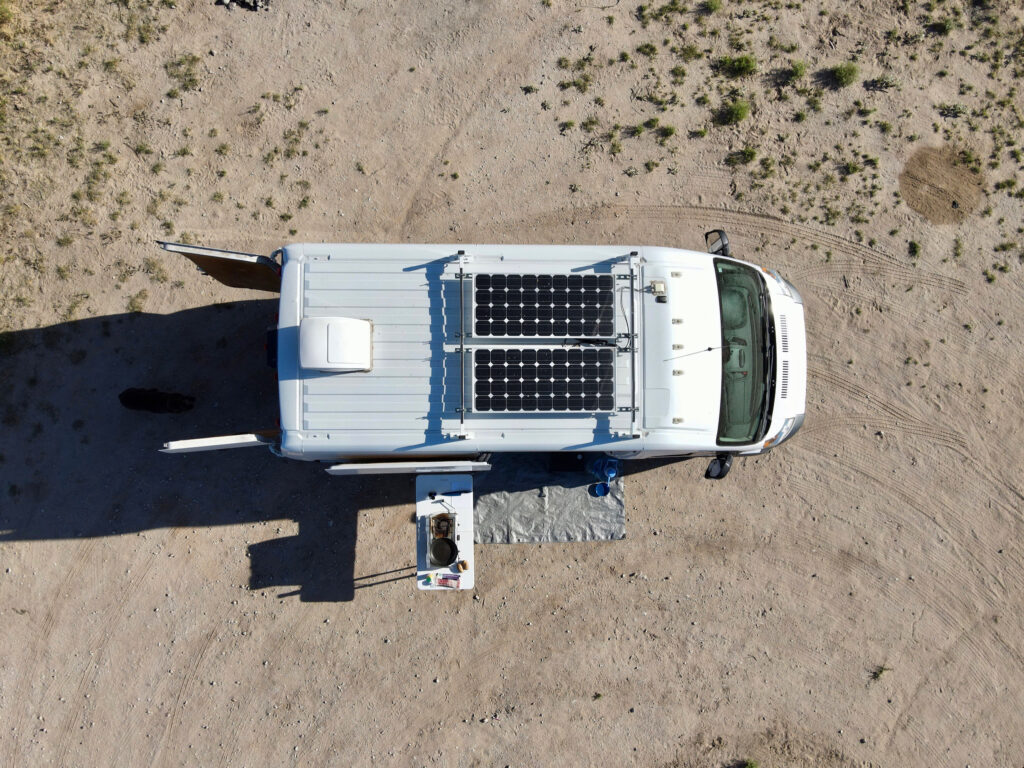The interest of Romanians in photovoltaic energy is continuously growing, and the Casa Verde Photovoltaic Program succeeds in 2023 to attract even more attention to the opportunities represented by renewable energy. In the last year and a half, several factors have influenced the price of electricity, with the peak being the increase in bills for household consumers.
Government programs like Casa Verde Photovoltaic are proof of Romanians’ openness to green energy. The depletion of funds allocated to regions within minutes shows the immense interest in photovoltaic solutions. However, it also indicates that a significant number of people will remain outside the funding provided by AFM, considering that the number of approved applications is only 87,500.
For both those who have successfully registered on the AFM platform and those who wish to install a photovoltaic system from their own sources, we have prepared helpful tips and information to assist in choosing the photovoltaic system installer.
1. Check the installer’s experience in the field
You surely want an experienced installer who can provide you with the assurance of a well-executed project and a warranty for the installed photovoltaic system. ENSYS Renewable Solutions has over 17 years of experience in the local and international market, being the company with the highest number of managed applications through the Casa Verde program 2019-2021. Learn more about ENSYS’s experience at ensys.com.ro.
2. Ensure that the installer has its own qualified workforce
When it comes to photovoltaic systems, the last thing you want is to entrust the installation to inexperienced workers. That’s why ENSYS Renewable Solutions has consistently invested in the professional training of its own employees, and today, we take pride in having over 200 skilled employees nationwide, ensuring specialized installation and the shortest installation deadlines.
3. Choose realistic implementation timelines
Given the overlapping of installations from multiple editions of the Casa Verde Fotovoltaice program, as currently happening, you should be aware that implementation, delivery, and installation timelines will be longer than usual. ENSYS Renewable Solutions operates at a national level and works intensively to meet the implementation deadlines for both AFM-funded clients and those who purchased systems with their own funds. This way, we ensure that each client benefits from a prompt and efficient service, maintaining high-quality standards.
4. Choose the installer who offers personalized consultation according to your needs
An efficient photovoltaic system is not installed blindly, nor is it installed solely based on computer data. You should know that ENSYS Renewable Solutions provides you with the know-how gained over 17 years of experience in the market and specialized consultancy in all project stages – analysis, quoting, installation, and maintenance. For the best results of a photovoltaic system, ENSYS conducts an energy audit and proposes solutions to optimize electricity consumption, thus adapting the consumption behavior to the installed photovoltaic system’s capacity.
5. When it comes to photovoltaics, cheap doesn’t mean good
When considering the choice of installer and the type of photovoltaic system, you should be aware that there are multiple types of systems on the market, with different configurations and varying qualities. ENSYS recommends requesting offers from different installers, comparing them, and making an informed decision. Our team is ready to answer all your questions and provide personalized offers tailored to your needs. Additionally, ENSYS systems come with a warranty of up to 25 years, and we guarantee that our experts are available for specialized maintenance.
At ENSYS Renewable Solutions, our commitment doesn’t end with providing high-quality photovoltaic solutions. We are also deeply dedicated to sustainability and reducing carbon emissions by promoting the use of renewable energy. By choosing ENSYS as your partner for implementing photovoltaic systems, you’ll make a smart investment in your energy future and contribute to a greener and more sustainable future for our planet. Each installed photovoltaic system is a step forward in the fight against climate change and in supporting an economy based on clean energy. Together, we are working towards a more environmentally friendly world.
Now that you are better informed about the criteria for choosing an installer and the benefits that a photovoltaic system brings, are you ready to take the next step? Our team at ENSYS Renewable Solutions is ready to assist you. Learn from the ENSYS specialists how we can help you turn solar energy into real savings for you and significant benefits for the environment. Visit ensys.com.ro and find out which photovoltaic system suits you best!
ENSYS Renewable Solutions offers complete photovoltaic system solutions: technical consultancy, legal support, design, approval, installation, and maintenance. Being present in Romania since 2006, Ensys Renewable Solutions has significant experience with photovoltaic projects in residential, commercial, industrial, HORECA, solar parks, etc. applications, relying solely on specialized in-house installation teams and expertise in electricity production from renewable sources.
Don’t leave the energy future of your home to chance. Contact our team at ENSYS Renewable Solutions today and discover how solar energy can transform not only your energy bills but also your impact on the environment. We are here to help you make the transition to a clean, efficient, and sustainable energy source. Visit ensys.com.ro or call us directly to start the conversation. Let’s build a greener future together!
Sources: libertatea.ro, bihon.ro
